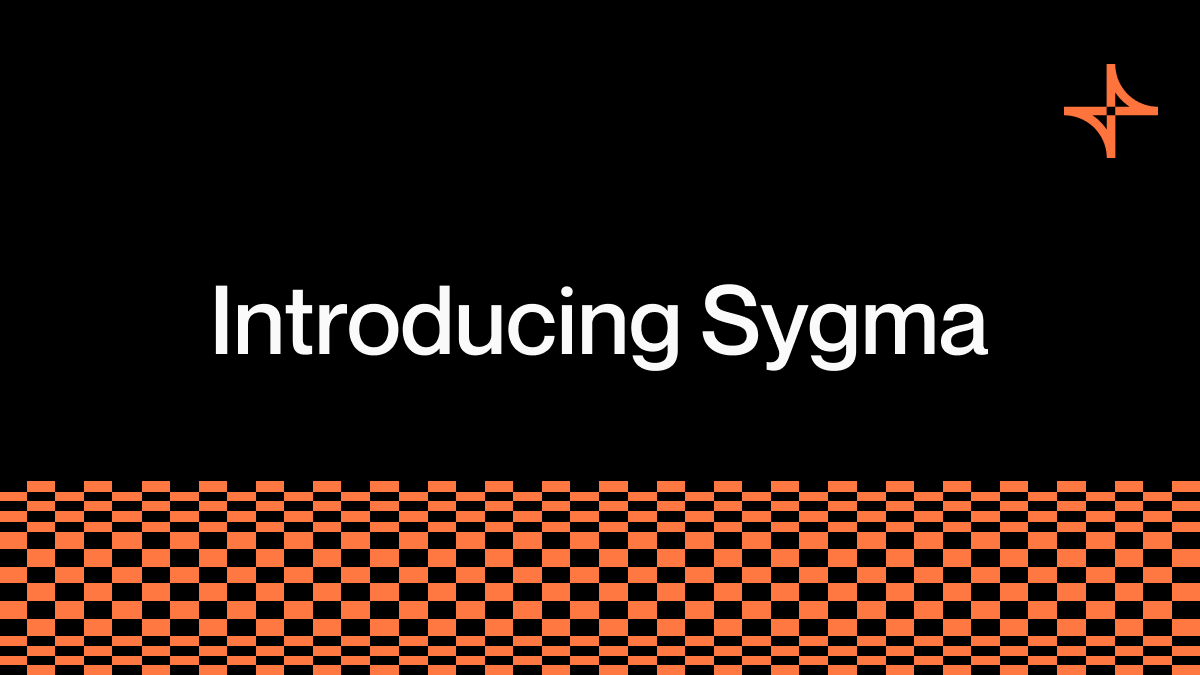Introducing Sygma: Next-generation Blockchain Interoperability

The multi-chain future is here. Yet, in the current environment, it’s difficult for users to operate between ecosystems. This is because most dApps don’t support cross-chain activity natively. Applications are deployed to different ecosystems, but development is siloed, and the same app on different chains is a separate entity.
In addition, the current bridging environment often requires trust in one centralized party or wait times in the case of a trustless solution. This is why we’re building Sygma — an interoperability layer that enables fast, secure, and reliable cross-chain communication.
A New Era in Interop
Three years ago, there were few trustworthy cross-chain bridging protocols. Since then, the open-source ChainBridge cross-chain repo emerged as one of the first comprehensive multi-directional bridges for EVM and Substrate-based chains. ChainBridge was one of the first Polkadot bridges and has been adopted and relied upon by a number of leading blockchains, transferring over $600 million in bridged assets since inception.
Sygma was built on top of open-source ChainBridge code. Although it's a new fork, the team building Sygma was inspired by the work of ChainSafe (creators of ChainBridge) and, indeed, draws from some of the same experience pools.
Like the Greek letter sigma (Σ), Sygma alludes to summation. We chose this name because Sygma will allow developers to interweave blockchain protocols in a way that gives users something greater than the sum of the parts.
Sygma takes the notion of bridging one step further. Sygma is more modular than ChainBridge, allowing easy configuration and greater compatibility with other networks. Instead of simple point-to-point money transfers, we’ve created an extensible, any-to-any communication protocol.
Unlocking the power of cross-chain applications
From the start, Sygma supports ERC20 and ERC721 contract interfaces, allowing dApp builders who rely on these standards to fast-track their development cycle. Beyond those predefined interfaces, Sygma allows you to easily implement any type of application-specific messaging — the possibilities are infinite.
And critically, Sygma supports general message passing, enabling people building on one chain to call any function on any other connected chain. This dramatically increases the number of options at a developer's disposal.
For instance, Sygma can enable users to:
- Bridge directly from their wallet or portfolio manager.
- Borrow on one chain with collateral from another chain.
- Vote on DAO governance proposals from any chain.
- Use a yield aggregator to farm on any chain without moving funds.
- Market NFTs seamlessly on any chain.
Sygma Architecture
Sygma will employ a multi-party computation (MPC) model that includes a number of trusted relayer nodes. In practice, this means off-chain signature aggregation and voting based on the Threshold Signature Cryptographic Algorithm.
Using this approach has many benefits, primarily: better security, low latency, and a flexible fee structure that keeps user costs low.
Under this model, relayer nodes will be run by reputable companies and projects from across the web3 space. The distribution of power allows us to spread responsibility and mitigate the chance that any relayer misbehaves.
The way forward: invisible bridges
Ultimately, to attract more mainstream users, cross-chain UX needs to improve. A key part of this is removing complexity from the equation.
In this sense, Sygma will empower builders to create streamlined experiences where users are not confined to one ecosystem. By enabling elaborate cross-chain functionality and putting most of the steps under the hood, Sygma will enable smooth, web2-like user experiences.
The bottom line: Sygma makes it easy for developers to add interoperability to their dApp or protocol with minimal overhead. Rather than taking the time and energy to host your own bridge, Sygma will develop and maintain the infrastructure while providing application-specific SDKs, support, documentation, and a dedicated builders program.
About Sygma
Sygma is a community-driven interoperability project. Sygma makes it possible to deploy cross-chain with minimal effort and realize new use cases via its versatile, modular protocol. With Sygma, developers can leverage a secure cross-chain communication layer to extend their applications across EVM, Substrate, and beyond.
Get involved👋
We’re always looking for contributors, and Sygma’s modular architecture is designed to foster contributions and extensions. Please check out our documentation, GitHub, or Discord to get started.
Sygma Builders Program🛠️
We’ve launched a builder program to provide technical support and monetary incentives for builders. Full details can be found 👉here.
